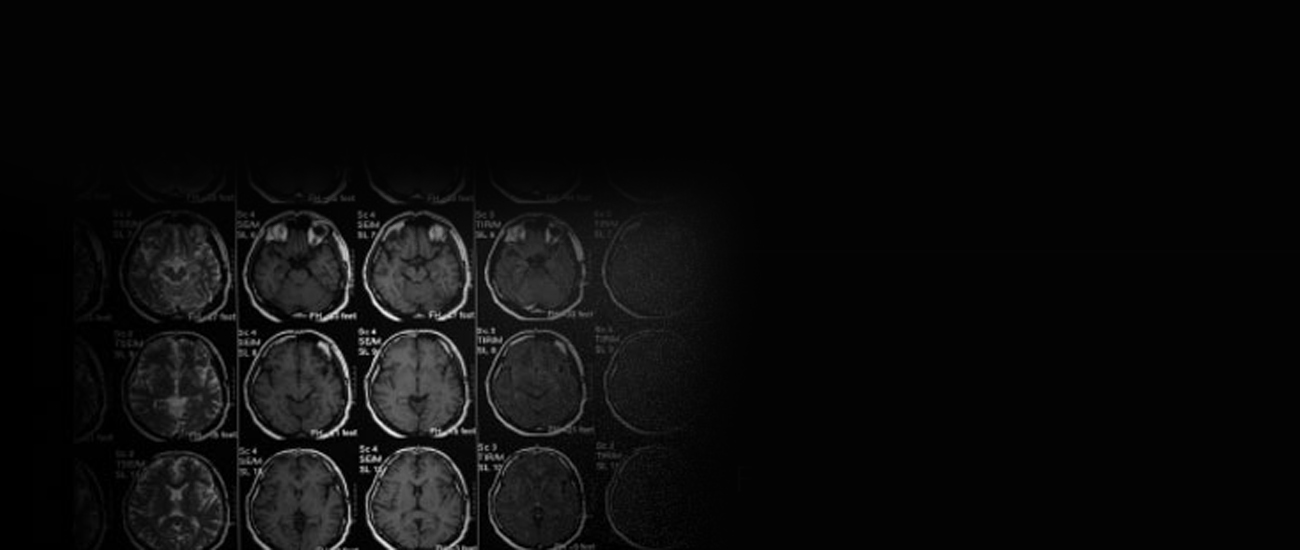Traumatic Brain Injury
VIRGINIA BRAIN INJURY LAWYER WITH LOCATIONS IN ALEXANDRIA
MANASSAS, WOODBRIDGE AND FREDERICKSBURG
According to the Centers for Disease Control and Prevention, 1.7 million cases of traumatic brain injuries (TBI) occur every year. The most common causes of traumatic brain injury are auto, truck and motorcycle accidents.
Typically, brain injury lawyers see two categories of TBI: closed head injury (CHI); and open head injury (OHI).
A closed head injury involves damage to the brain not visible by looking at the victim. People who suffer a closed head injury are often called “the walking wounded” by their doctors. They are often said to have suffered a “concussion” — a shaking up of the brain. In contrast, visible injury is often seen after an open head injury. Both categories of brain injury are life changing events.
How The Brain Is Damaged In Car Accidents
Brain damage occurs at the point where the head strikes the interior of a motor vehicle — called a “coup” injury. If the brain is injured on the opposite side of the impact, the injury is called a “contracoup” brain injury. Because the inside of the skull has sharp pointed protrusions, especially in the area of the frontal and temporal lobes, these areas of the brain often suffer injury when pushed into the sharp bony protrusions by the forces of impact during car, truck and motorcycle accidents. Fibers of brain cells can stretch and tear when the brain forcibly moves inside the skull at the time of an auto accident causing “shearing brain injuries”.
Early Symptoms Suggesting
Traumatic Brain Injury
Alex sustained a concussion from a Fairfax, Virginia car accident on Little River Turnpike. He was unconscious for 3 minutes and was rushed to INOVA Fairfax Hospital Trauma Center with symptoms of TBI.
Shortly after an auto, truck or motorcycle crash, a person may experience any of the following early signs suggesting traumatic brain injury, also referred to as post-concussion syndrome (PCS):
- loss of consciousness
- feeling dazed or confused
- retrograde amnesia of the accident details
- headache
- nausea and vomiting
- dizziness
Later Symptoms Suggesting Traumatic Brain Injury (TBI)
In our Fairfax traumatic brain injury example, within a month after the crash, Alex began to experience the following symptoms characteristic of TBI:
- memory loss
- word-finding difficulties
- slurred speech
- slower thinking
- diminished concentration
- loss of smell
- decreased hearing
- personality changes
- increased irritability
- inability to control anger and emotions
- loss of balance
- depression
Diagnosis Of Traumatic Brain Injury (TBI)
Clues that help a neurologist make a diagnosis of TBI include a detailed history from the injured patient of how the auto accident happened and the onset of symptoms. In addition, neurodiagnostic scans such as MRIs, PET scans, and SPECT scans provide detailed pictures of the brain and the extent of brain injury. Most important are neuropsychological tests performed by a neuropsychologist that help map out areas of the brain which have suffered injury.
Virginia traumatic brain injury lawyer Gerald Schwartz has handled many brain injury cases ranging from mild to severe. We work closely with neurologists, neuroradiologists, neuropsychologists, and rehab professionals to help win your case.
Although the medical community uses the term “mild traumatic brain injury” to contrast the degrees of injury, in our view, any degree of brain injury is always devastating to the victim and family.
Brain Injury: Free Consultation
Virginia injury attorney Gerald Schwartz has been helping the victims of brain injury and head injury caused by car, truck and motorcycle accidents in Fairfax Virginia and across the state for 30 years. Gerald Schwartz has been recognized and selected for inclusion in Virginia Super Lawyers every year since 2007. Only 5% of lawyers are selected.
For a free consultation to discuss your case, call Gerald Schwartz at 1-800-423-0055.







